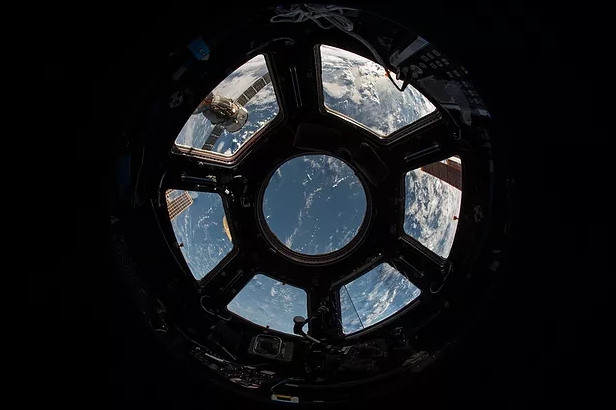
Have you ever wondered where the Google Earth data that lets you see your own backyard on your computer screen actually comes from? Or how National Geographic scientists measure how many cm a glacier has shrunk? It turns out that scientists from Latvia’s Institute of Electronics and Computer Science (EDI) make a huge contribution to getting this data.
An ultra-high precision event timing device developed by the EDI’s Space Technology Laboratory ensures operation of over 50% stations of the International Laser Ranging Service (ILRS) coordinated by the National Aeronautics and Space Administration (NASA). (There are just over 60 satellite laser ranging stations or observatories around the world.) By measuring the time it takes for a laser beam to reach certain points in space, it provides extremely precise data on distances which can then be used for GPS systems, space research and analysis of various objects on Earth.
Whereas to date these laser ranging technologies were mainly used at Earth-based NASA stations, EDI is now just a step away from going into space. EDI’s newly created devices will provide precise time measurements in spacecrafts, as they are extremely accurate, compact, light, and resistant to radiation, acceleration and vacuum.
It is important that the Latvian state also supports the development of science. The Investment and Development Agency of Latvia (LIAA) has created a programme which helps scientists commercialise their work, and as a result quite a few outstanding research projects are on their way to the end consumer.
Raksts ņemts no: https://www.itbaltic.com/single-post/2019/08/22/Made-in-Latvia-sent-into-space